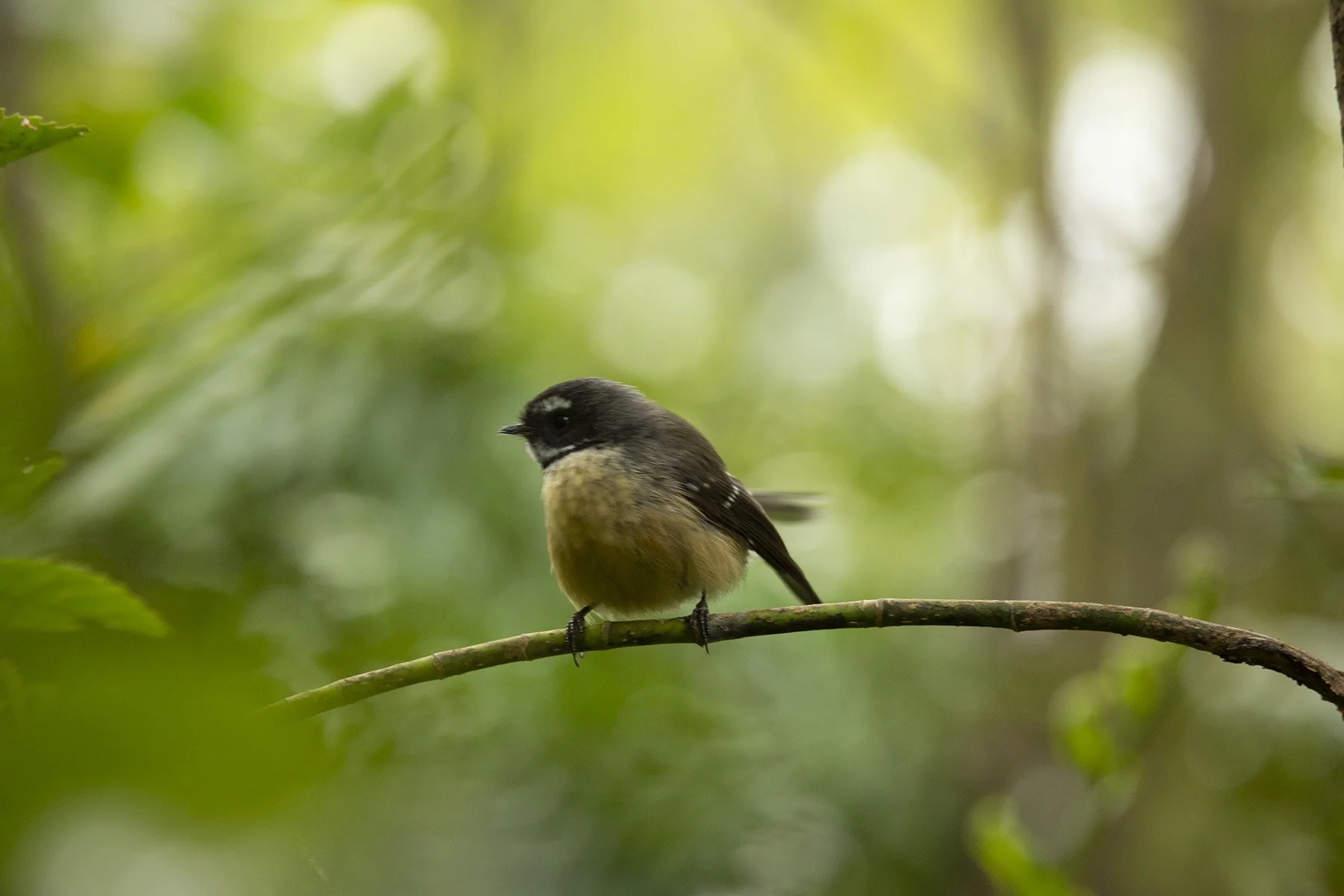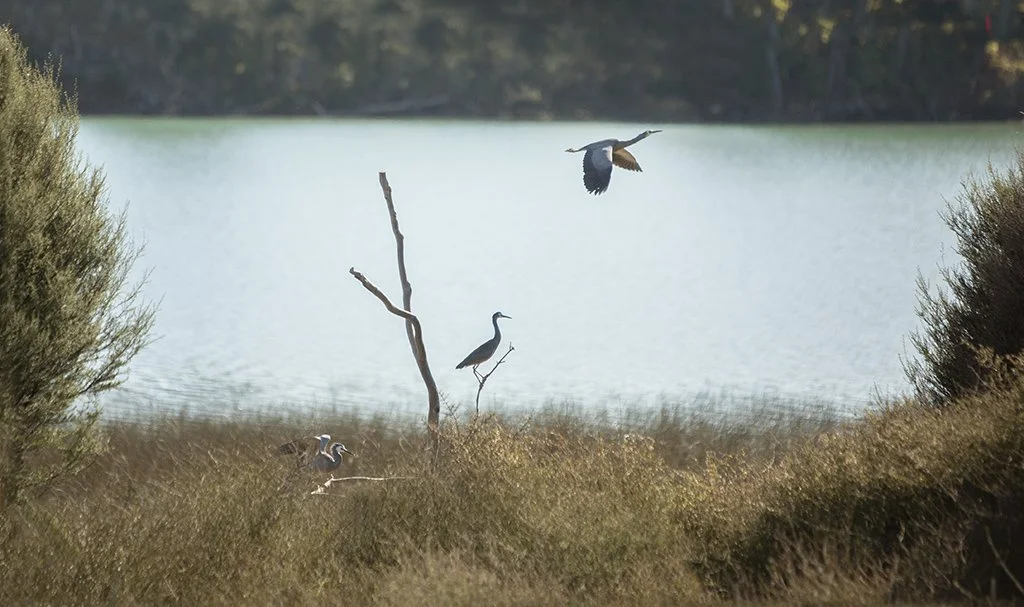Nature & Conservation
The Waimea Inlet and Matahua Saltmarsh
The Apple Pickers’ Cottages are located on the shore of the tidal Waimea Inlet. It is the largest semi-enclosed estuary in the South Island. The Inlet is internationally significant for migratory bird species and nationally significant as an important example of this type of ecosystem. The estuary and its margins are home to rare and threatened native plants and animals, as well as important populations of coastal wetland birds and migratory wading birds.
In pre-human times, the land around the inlet was covered in dense forest. Valley floors supported towering podocarp trees like totara, matai, rimu, miro, and kahikatea. Coastal hills were cloaked in black beech and broadleaf forest, with species such as tawa, titoki, pukatea, nikau, hinau, tree ferns, and occasional large podocarps. The inlet teemed with birds, fish, and invertebrates. Vegetation transitioned from tidal rushes, sedges, and harakeke, to shrubs like saltmarsh ribbonwood, mingimingi, and manuka, then into forest.
The arrival of European settlers in the 19th century brought huge change to the inlet. Land was cleared for farming, wetlands were drained, stop banks built. 200 hectares of wetland and salt marsh was lost.
Habitat Restoration
We’ve been restoring the natural vegetation sequence from saltmarsh to coastal forest for over 20 years. The transitional zone between saltmarsh and forest is vital nesting habitat for shoreline birds, including the banded rail. We're part of a community-led initiative — The Battle for the Banded Rail — which aims to restore habitat for banded rail and other at-risk, declining, or endangered coastal birds. The project operates with guidance from the Department of Conservation.
As well as the revegetation of the coastal margin we are restoring adjacent coastal forest. The older native trees on the peninsula are being interplanted with a younger generation of black beech, rimu, totara, matai, titoki, kahikatea, putaputaweta, and more.
We have walking tracks around our 10 acres of forest and wetland. Guests are welcome to explore.

Community tree planting in Tasman — local conservation near Mapua
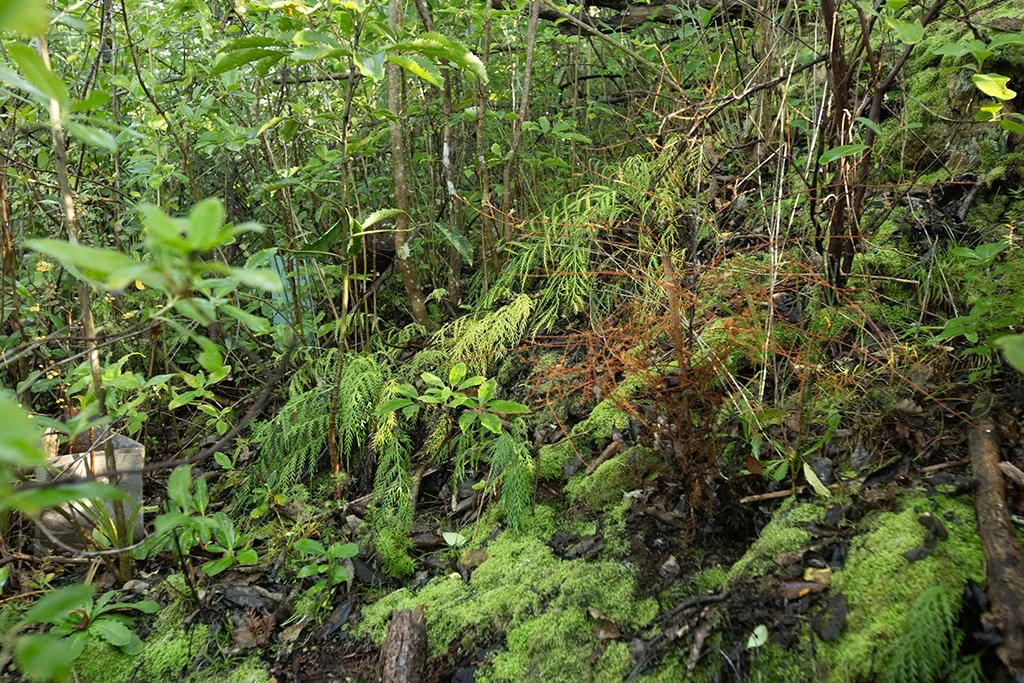
Native forest floor and moss — walks near Mapua accommodation

Lush walking trail — easy local stroll from Mapua accommodation
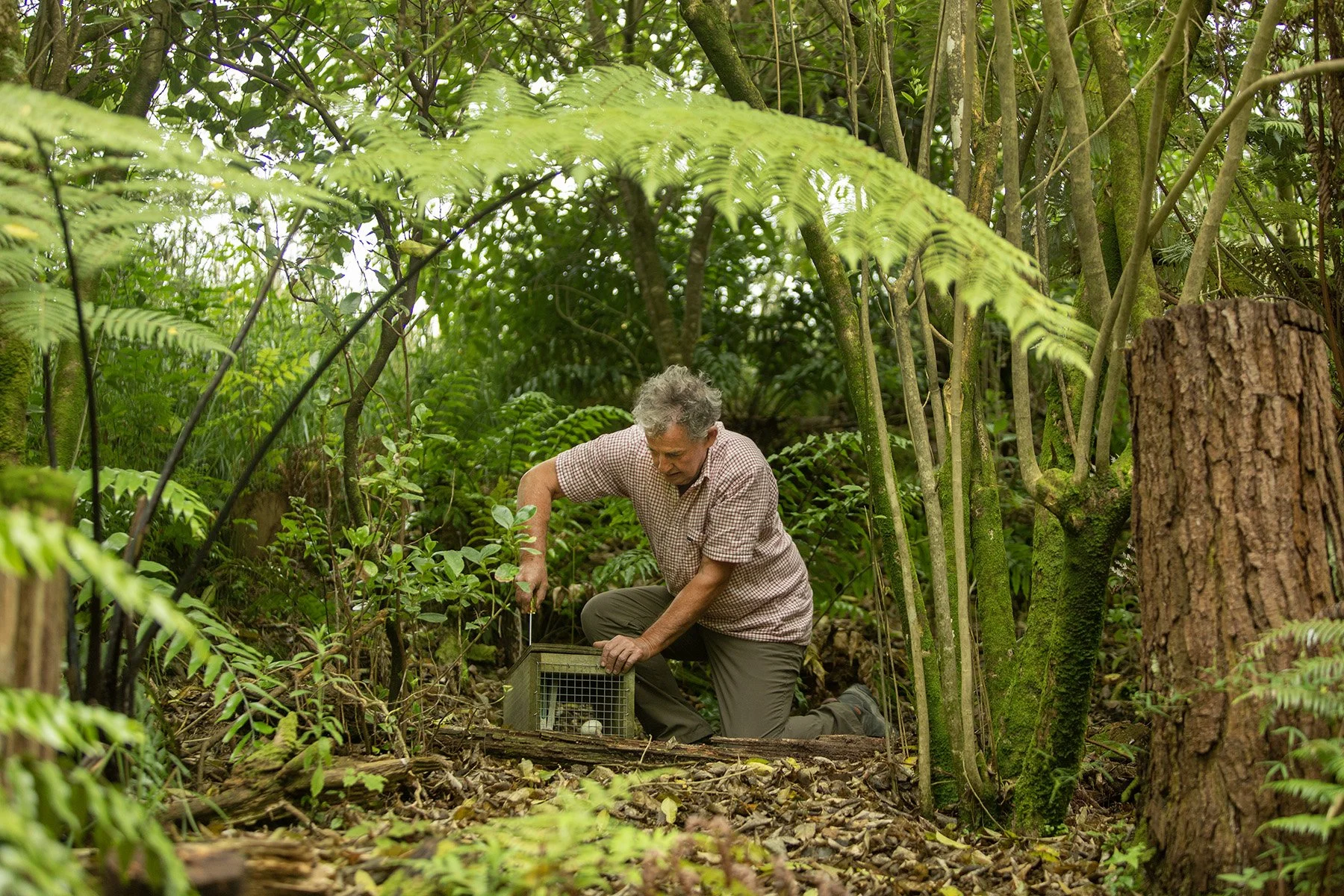
Predator control in native bush — conservation project near Mapua
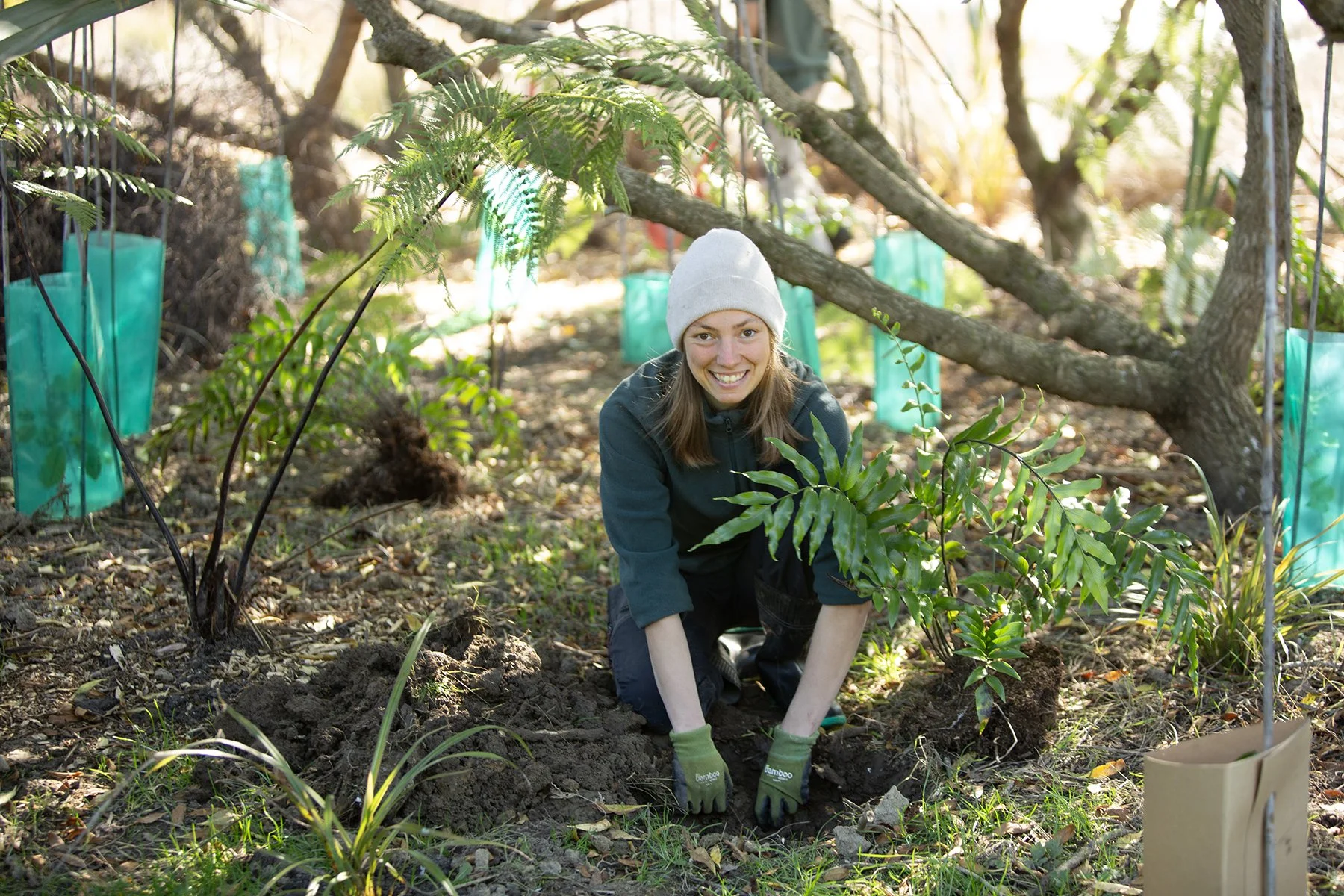
Volunteer planting a native tree — kaitiaki efforts near Mapua
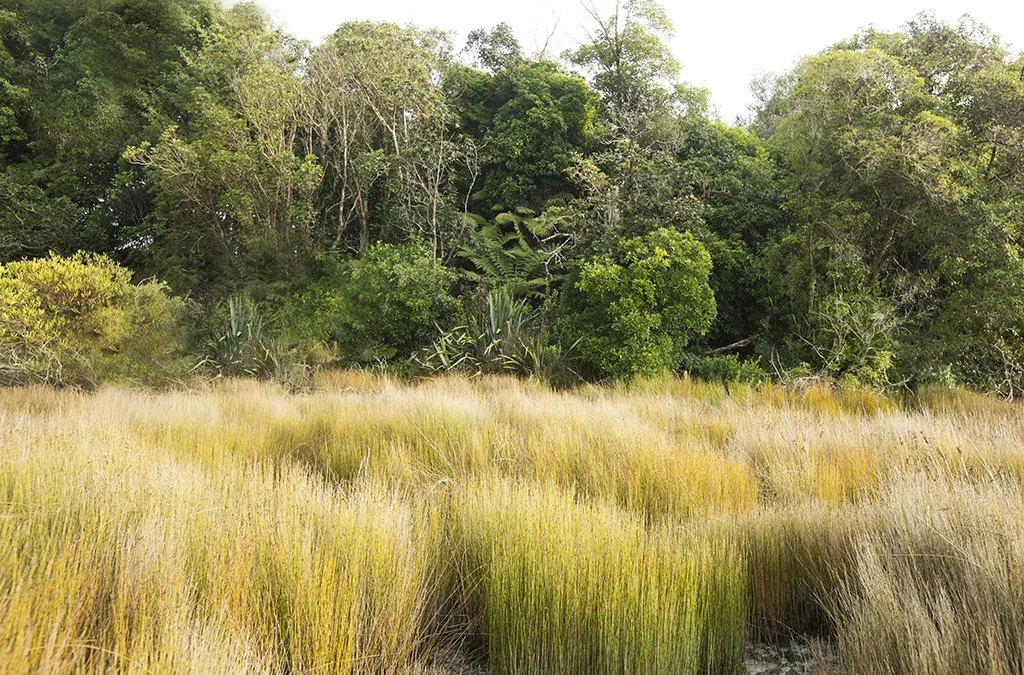
Meadow and native forest — Tasman scenery around Mapua accommodation

Riverside restoration planting — community project near Mapua

Seedling planting day — local volunteering close to Mapua accommodation
Birds
From the cottages you will often see matuku moana (white faced herons), pukeko, poaka (pied stilts), kuaka (godwits–summer only), tōrea (oystercatchers), tōrea pango (variable oystercatchers), kōtuku-ngutupapa (royal spoonbills), kōtare (kingfisher) and occasionally a kōtuku (white heron).



